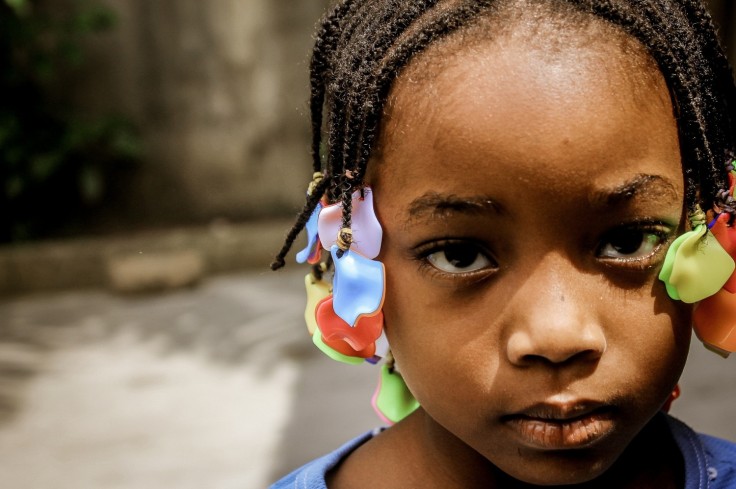
Acanthosis Nigricans or AN is a condition that usually causes dark, velvety patches to form on your child's skin. Such patches form on the child's body folds and creases. Commonly, the affected areas are the nape, armpit, groin, elbows, and face among others. The affected areas may have an itch or an odor. Moreover, it may also be a sign of a more serious health problem like prediabetes.
This condition is more common in kids with darker skin. This may also be a sign of insulin resistance which means the child's body cannot use insulin accurately. Such resistance can gradually lead to diabetes. Your child's healthcare provider may immediately diagnose AN by only looking at his or her skin. The provider must know when the child's skin changes began and if the changes have gotten worse over time. Thus, inform the provider if your child consumes to take any medicines and may also ask you if anyone in the family has a history of AN or diabetes.
This condition, on the other hand, also affects those individuals with obesity. Rarely, such a condition can be an indication of cancer in an internal organ such as the stomach or liver.
Symptoms of Acanthosis Nigricans or AN
The main symptoms of AN are dark, thick, and velvety skin in body folds and creases. These changes develop slowly and the affected area might be itchy and can gradually develop skin tags; Insulin resistance is what usually leads to type 2 diabetes, insulin is a hormone secreted by the pancreas that permitted the body to process sugar. Such resistance is also associated with polycystic ovarian syndrome and might be a primary factor in why the skin condition develops; Excess insulin drives skin cells to reproduce at a rapid rate. So, individuals with skin that has more pigment have new cells that contain more melanin. Thus, an increase in melanin produces a certain patch of skin that's darker than the skin surrounding it.
Furthermore, prednisone, birth control pills, high-dose niacin, and other corticosteroids may cause or trigger acanthosis nigricans; Some types of cancer can also cause the said skin condition including lymphoma and cancers of the liver, stomach, and colon.
The risk of AN is specifically higher in individuals who have obesity, are insulin resistant, have a family history of the condition, and has type 2 diabetes. Sadly, those who have AN are more prone to develop certain disorders and diseases.
Treatments of the Acanthosis Nigricans
The effective treatment is to focus on seeking and resolving medical conditions at the root of the problem. Such skin patches tend to disappear after successfully treating the root condition. AN is basically an indicator that you may need to seek medical attention. Your healthcare provider will be focusing on addressing the underlying condition that causes such discoloration of the skin. Thus, if you're overweight, the provider may advise you to maintain a moderate weight and may also prescribe certain medications to help control the blood's glucose.
If the condition appears due to supplements, the doctor may suggest you discontinue them or would suggest substitutes. If you are more concerned with the appearance of the affected skin, you may want to try the cosmetic treatments available such as oral acne medications, laser therapy, and other skin lighteners such as Retin-A, per Healthline.
However, such treatments may only improve the appearance of the skin but won't actually cure the condition.
Related Article : Best and Approved Stretch Mark Creams for Pregnancy of 2022